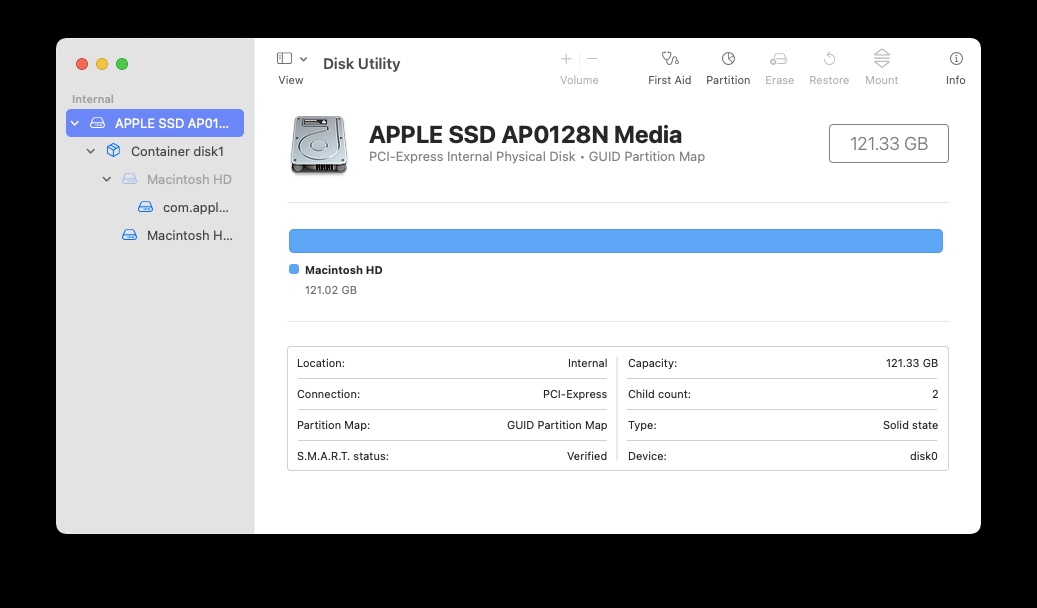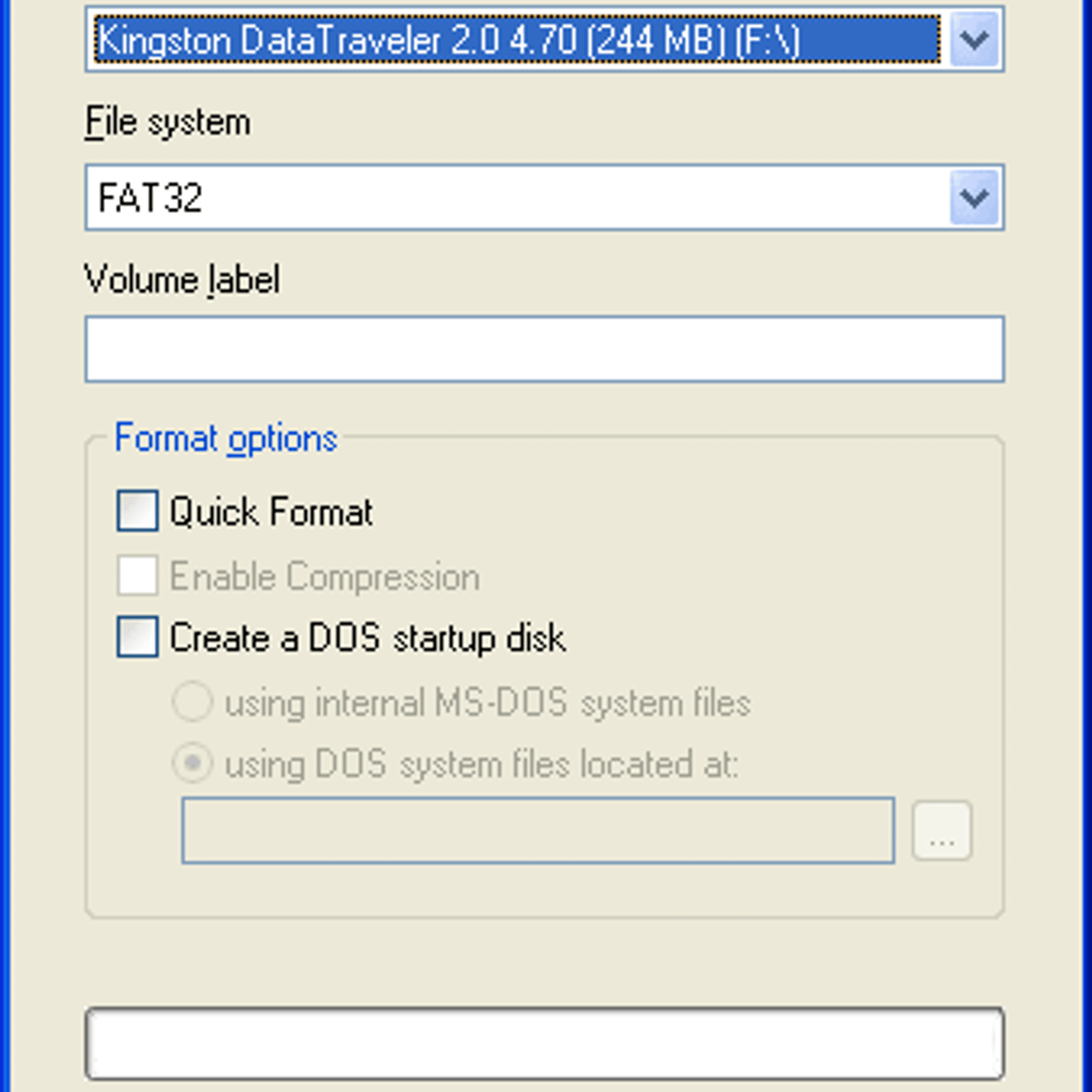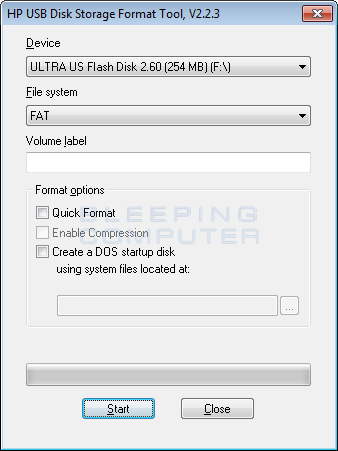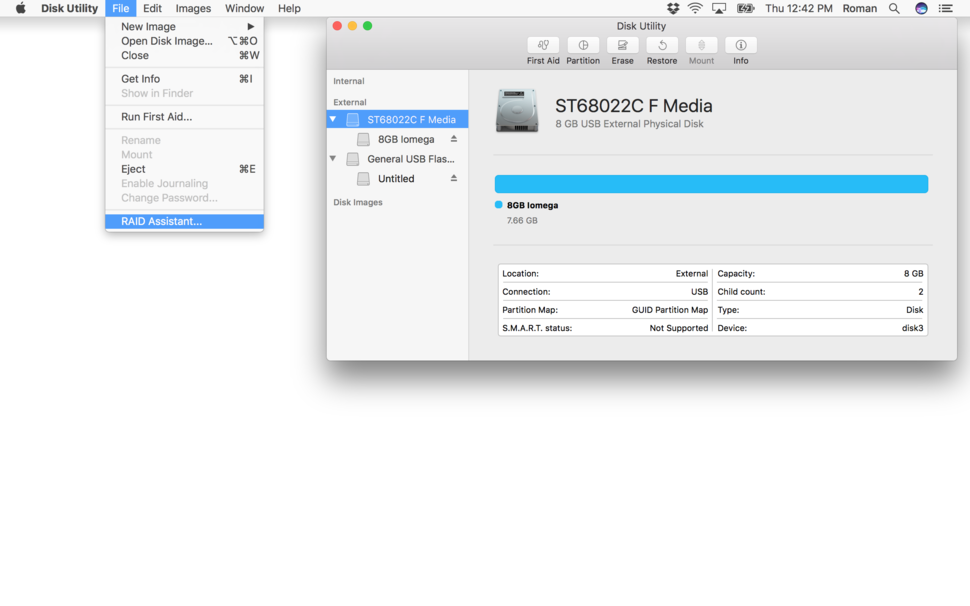Partition Expert, with 64-bit bootable and portable program is major in disk managing, format operation is always stable, you can use it as a format utility, hence when Windows Disk management fails on format, we can try Partition Expert, you may follow the steps below: Plug in the USB and Run the program. Attach the drive to your Mac. Launch Disk Utility (from Applications Utilities Disk Utility). Select the drive in the left-hand sidebar.
- Disk Utility Tool For Windows To Format Usb In Mac Download
- Disk Utility Tool For Windows To Format Usb In Macbook Air
- Disk Utility Tool For Windows To Format Usb In Macbook Pro

Disk Utility User Guide
Windows FAT32 USB Drive in Mac Click on the “Erase” button on “Disk Utility” and choose the format as either APFS or Mac OS Extended. In most cases, your Mac will show the supported format by default and you don’t need to change it. On older Mac, you will see an additional scheme option, choose “GUID Partition Map”. Format USB or external hard drive for Mac using Mac Disk utility Windows offers users built-in disk management tool to create, delete, resize, merge and format partitions. You can try the following steps to format USB or external hard drive for Mac with Disk Utility on Mac. Even if the Mac is unable to mount the storage, following this method will enable you to format the storage. Begin by connecting the storage device to your Mac, and then launch Disk Utility using Spotlight. Simply use the keyboard shortcut of Command and Spacebar, type Disk Utility, and then press return.
In Disk Utility, you can format an external disk that you can use with both a Microsoft Windows-based computer and a Mac. For example, you might want to do this if you use a flash drive to store data files you need to use on your Mac at home and when using a Windows-based computer at school or the public library.
Disk Utility Tool For Windows To Format Usb In Mac Download
WARNING: Formatting a disk or volume erases all the files on it. Save any files you need to another volume before formatting.

In the Disk Utility app on your Mac, choose View > Show All Devices.
If Disk Utility isn’t open, click the Launchpad icon in the Dock, type Disk Utility in the Search field, then click the Disk Utility icon .
In the sidebar, select the disk you want to format to use with Windows computers.
Click the Erase button in the toolbar.
In the Erase dialog, click the Scheme pop-up menu, then choose a partition scheme.
Click the Format pop-up menu, then choose one of the following:
MS-DOS (FAT): Choose this format if the size of the disk is 32 GB or less.
ExFAT: Choose this format if the size of the disk is over 32 GB.
Enter a name for the volume.
The maximum length for the volume name is 11 characters.
Click Erase, then click Done.


Disk Utility Tool For Windows To Format Usb In Macbook Air

Disk Utility Tool For Windows To Format Usb In Macbook Pro
